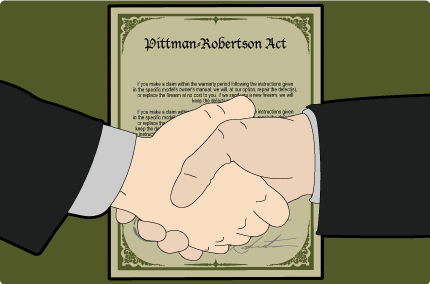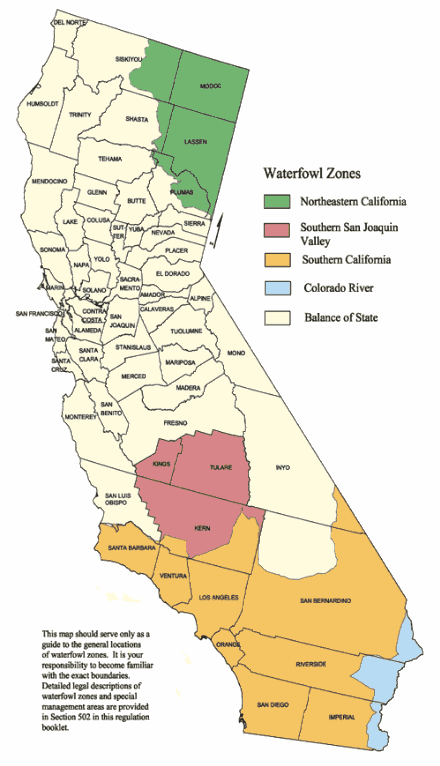
This is the first page that shows up when the blog is accessed. It is meant to be a guide through the blog.
Element 1 talks about the favorite 24 waterfowl species with pictures, range maps and natural history information.
 Element 2 talks about our assigned readings including Wild Goose Dilemmas and Waterfowl Ecology. Along with these two books, I included background readings. Background readings are signified by this symbol to the right. With every background reading, the symbol will have a link to that reading, or the link will be right next to the symbol.
Element 2 talks about our assigned readings including Wild Goose Dilemmas and Waterfowl Ecology. Along with these two books, I included background readings. Background readings are signified by this symbol to the right. With every background reading, the symbol will have a link to that reading, or the link will be right next to the symbol.Element 3 talks about conservation and management
Element 4 talks about historical and current actions of the United States of America's plans to manage waterfowl (including NAWMP, Migratory Bird Treaty Act)
Element 5 talks about conservation on a global scale and what other countries are doing as far as waterfowl are concerned.
Element 6 discusses local waterfowl we encountered with background readings, as well as observations and field trips we went on.
The main books I gained information from (as well as a wide array of background reading/videos/informational websites) was:



None of the photographs or graphics belong to me, I received them thanks to Google (I have no idea who their original owners are).
Also, all "case studies" were taken from presentations that students did in class during our symposium.








